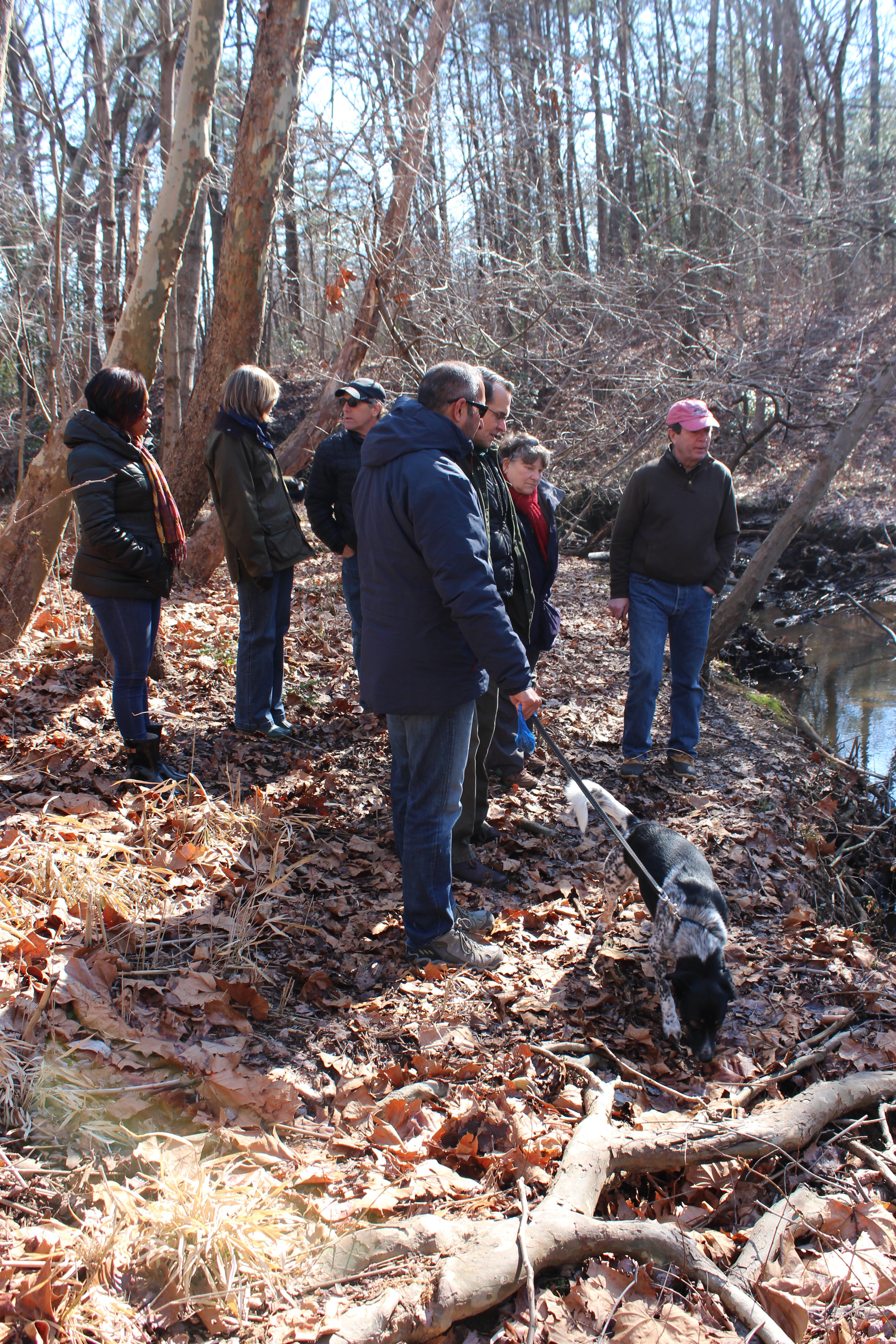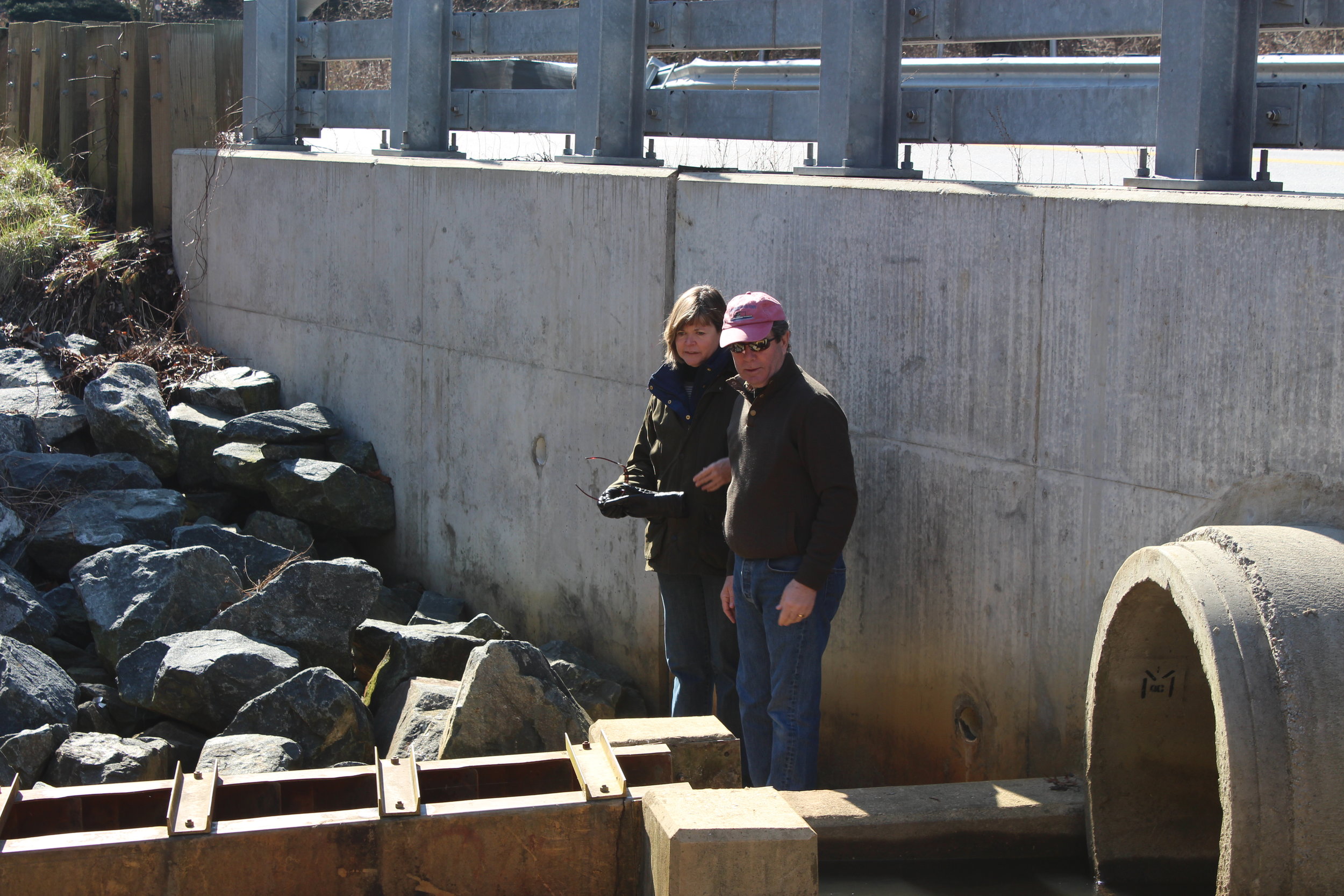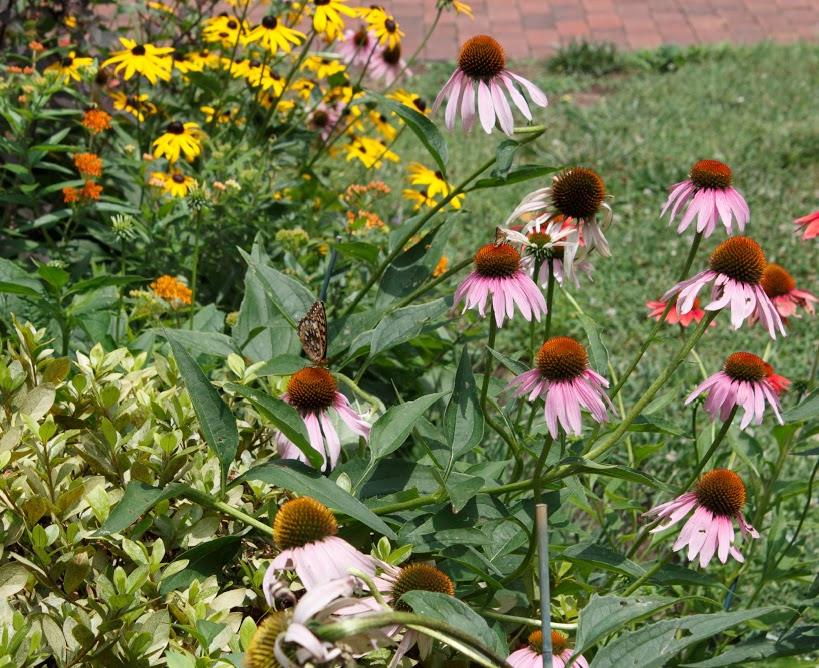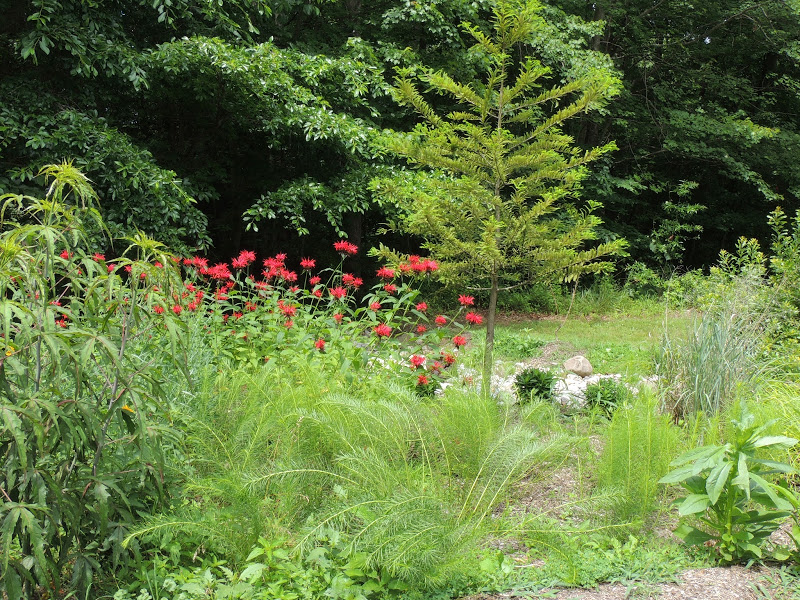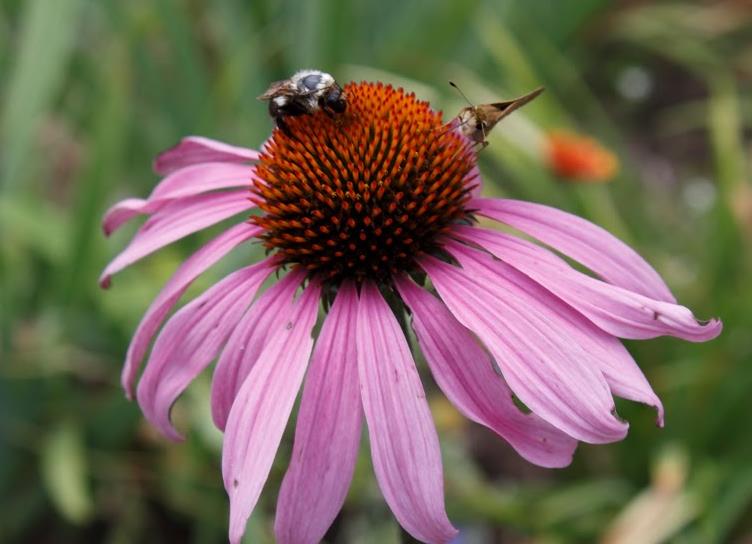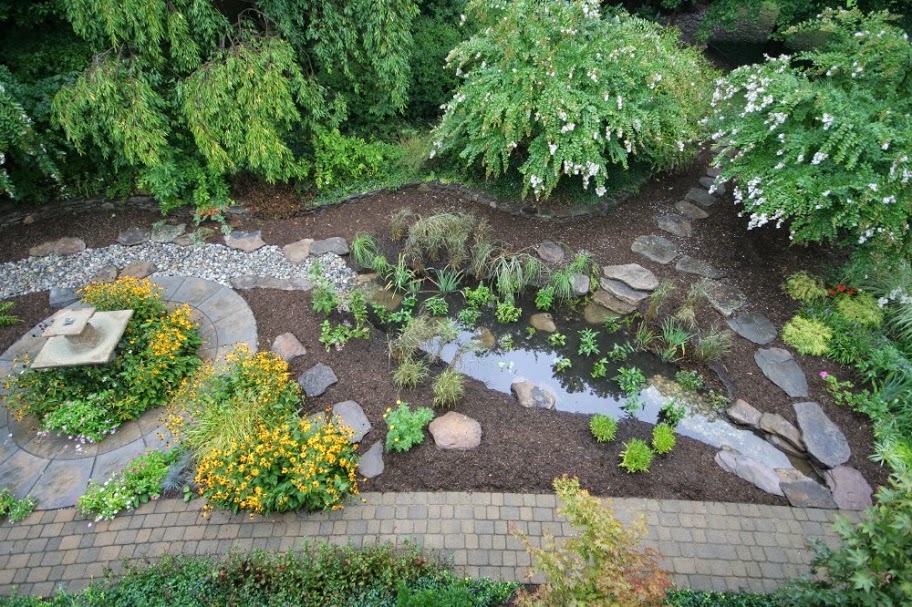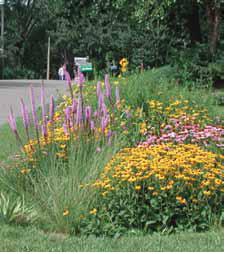Molly LaChapelle, Class 7
Why did you become a Watershed Steward? I became a Watershed Steward because as a resident of Berrywood, I witnessed the degradation of Cattail Creek by upstream construction and storm water runoff. The Berrywood Community Association was searching for help to “fix” the creek. WSA is the agency that has the knowledge and network with DNR, MDE, AAC, CBT, Chesapeake Alliance and other organizations to make a project like this happen. The BCA sponsored my class registration fee.
How did you hear about WSA? Many years ago a gentleman from the WSA first Stewards class came to see me at St John the Evangelist School. He lived on Cypress Creek and was working on a storm water project in the community behind the school. His project coordinated with the AAC Cypress Creek Restoration Project. I was Assistant Principal and he invited our students to participate in the project. They did and learned first-hand about rain gardens and the slow, store, seep concept. I also had contact with WSA when St John’s applied for Green School accreditation.
What was your capstone project? My capstone project is still in process. My focus in attending the WSA class was to help restore Cattail Creek. At the time, BCA Watershed Committee was organizing to write a CBT Grant application for design money for the “Berrywood Community Water Quality and Habitat Enhancement Project”. Suzanne approved my grant writing participation as my project.
Why is improving the waterways important to you? When my family moved to Berrywood years ago, my sons fished, explored for frogs, walked the shallow water for soft crabs, watched the water ‘dance’ during early spring yellow perch run to spawn upstream. The water used to be clear in the winter as soft bottom sediment would drop out before the tidal area near our house. That no longer occurs due to upstream construction and storm water runoff. I want my Grandchildren to enjoy the water their fathers experienced.
What advice would you give to the Class 10 Candidates? Build the project on a strong foundation of support with the stakeholders. Be committed to stay the course because it may take longer to accomplish than projected.
How did the WSA course prepare you to lead the Berrywood project? WSA exposed me to all the resources available in the community to Stewards and communities for funding and project assistance. The course also introduced me to environmental techniques as well as project planning.



